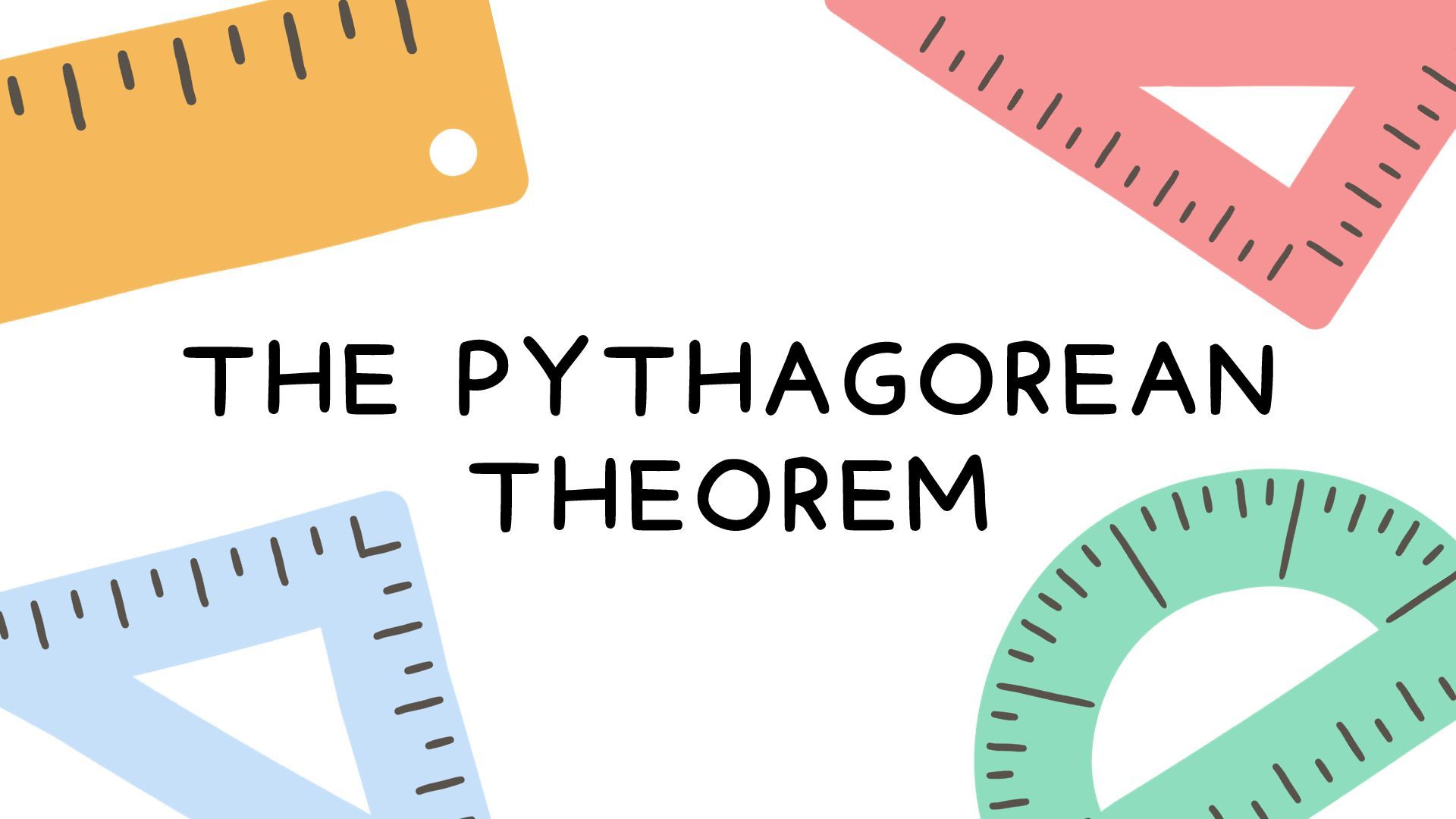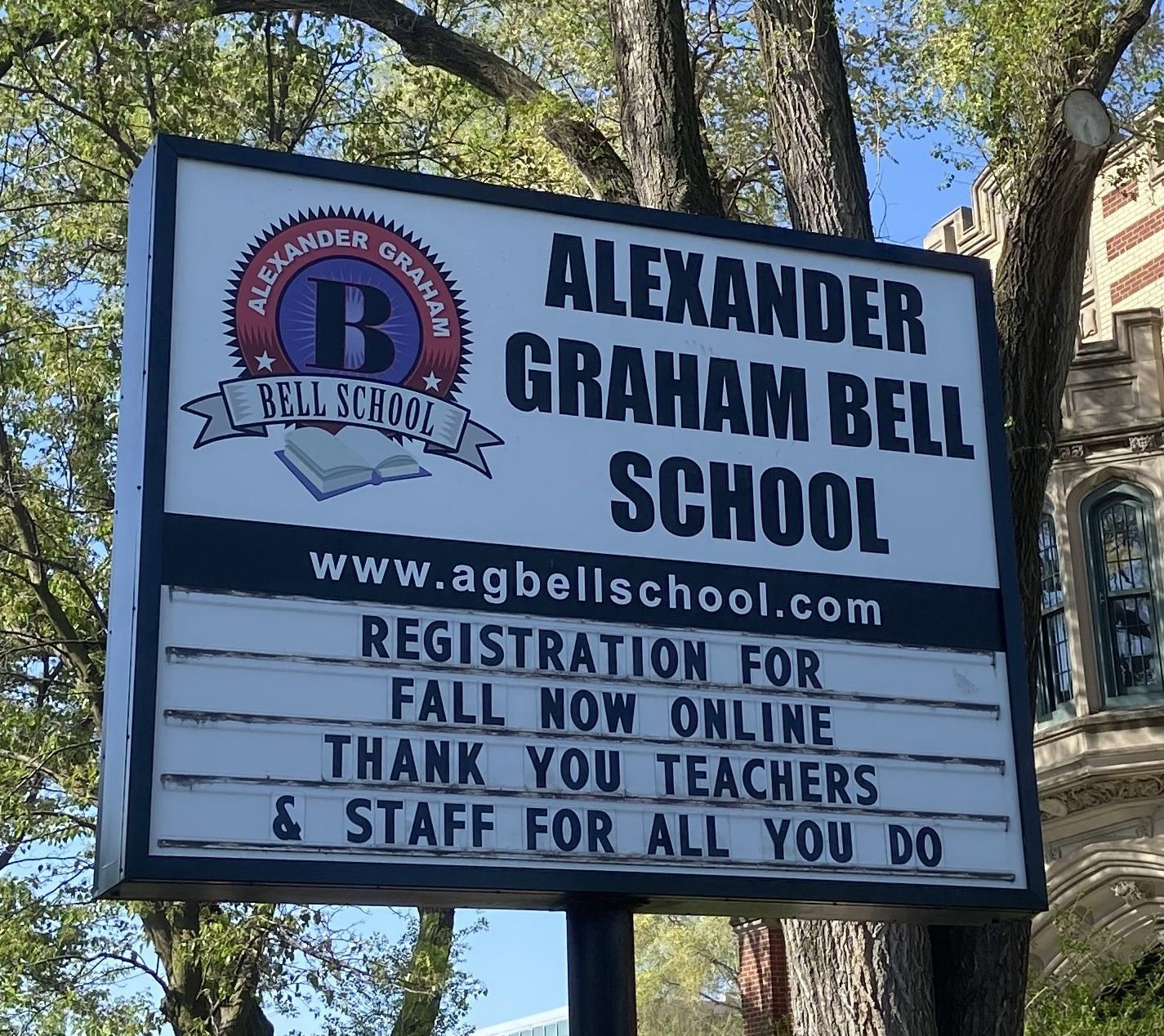Academic Tutoring with Proven Results
Specialized Test Prep for Gifted and Selective Enrollment Programs
Why Testing Dad?
At Testing Dad, we'll help you boost your competitive edge to excel on the entrance exam for the selective enrollment and gifted programs.
Expert Guidance
The staff at Testing Dad are all trained professionals who excel in their field. Many of our educators also have supplement training in alternative learning strategies.
Unique Approach
The Tutoring teaching method is based on an innovative and result-oriented technique that helps students overcome barriers to bring concrete results.
Private or Small Groups
Some people learn best on their own; others prefer learning in groups. At Tutoring, you can choose the environment that works best for you.
Short & Focused Lessons
Every lesson is 45 minutes long, for optimal effectiveness. You can have one or two sessions per week, depending upon your need and availability.
About Testing Dad
Testing Dad is an academic advisory agency that provides top notch tutoring in a variety of subjects to help prepare for standardized tests and entrance exams. We offer both private and small group sessions, so you can choose exactly the tutoring style you like best.
Our tutor agency is distinguished by the high level of service and support we provide to our students, deep knowledge of school and university entry requirements, a unique international network of tuition centres around the world, and most importantly, the high calibre of our tutors.
Our Expertise
We excel at preparing students for a wide range of post-secondary school exams, according to the requirements of diverse college and university programs.
-
Classical Schools
Whether it's algebra, geometry or trigonometry, we'll help you overcome any mathematical challenge.
Button -
Regional Gifted
This core subject is essential to modern engineering, medicine, and more. Gain a clear and deep understanding.
Button -
Neighborhood Schools
Deepen your understanding and improve your learning strategies to convert your knowledge into top grades.
Button
Testimonials

“I was failing math and really frustrated. Tutoring helped me understand the material and now I’m at the top of my class.”
Caralynn W.
Bussiness Student

“You really helped me through Basic Chemistry, and this enabled me to get into the program that I really wanted! I can't thank you enough."
Brian R.
Psychology Student

“My tutoring sessions were easy and fun. I did the Small Group program, and highly recommend it for anyone who learns better with others.”
Rachel L.
Science Student









Contact Us
Call now 312-205-5580
Contact Us
We will get back to you as soon as possible
Please try again later
MENU
Home Search: Top Elementary Schools
STAY CONNECTED
Join our newsletter and find out more
Contact Us
We will get back to you as soon as possible
Please try again later





